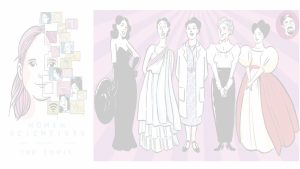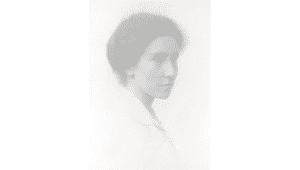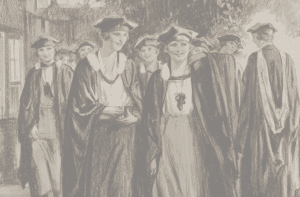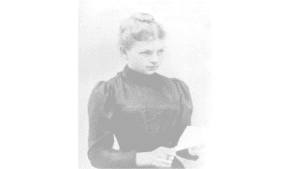HAPPY #AdaLovelaceDay
By looking back throughout history, we are made aware of the wide range of advances in different scientific fields that have brought us to live our lives as we currently do. Nevertheless, we are still missing a very important point in science and technology: there are still many women researchers whose scientific work has not been properly recognised throughout the history. To make our society more aware about the role of women in science, the scientific community chose to celebrate every second Tuesday of October Ada Lovelace’s day: an international day to celebrate Women in Science and Technology. However, who was Ada Lovelace and why has she become a symbol for women in science?
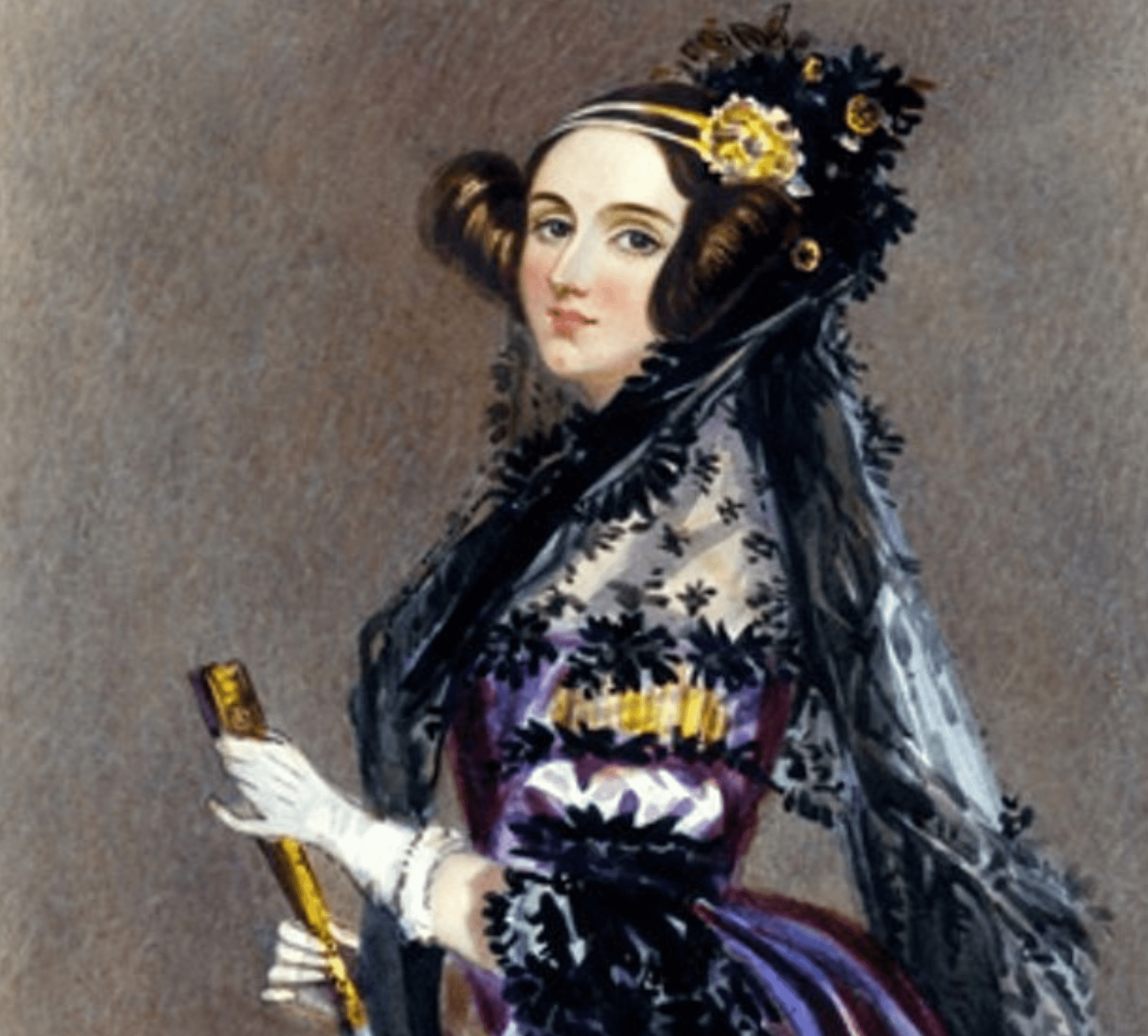
Countess of Lovelace and the only legitimate child of the writer Lord Byron, Ada Lovelace was the first scientist to understand the full potential of a “computing machine”. In that way, she became the first computer programmer in history. Her mother was the person who taught Ada logic thinking, science, and mathematics, which made Ada become fascinated by mathematical mechanisms, interested in designing different types of machines, and even involved in the British Industrial revolution.
In 1833, Ada Lovelace helped to develop a device called The Analytical Engine with Charles Babbage – who is known as “the father of computers”. We can say that this was the beginning of a crucial and important period in science: this engine was the early predecessor of the modern computer! Based on this advancement and the impact it has had in technology, you may have now a better idea about how crucial the role of Ada Lovelace was in the fields of science and technology. In 1842, she expanded these ideas to the use of machines through the manipulation of symbols by translating an article by Luigi Menabrea on the engine and adding an elaborate set of notes (called Notes). The Notes constitute an elaborate and complete set of instructions considered by many experts the first computer program, that is, an algorithm written to be used by a machine to carry a specific task. Nowadays, due to all her work and research on this topic, she is often known as “the first computer programmer”. She was also an inspiration to Alan Turing during his work on the first computer design around the ’40s.
Ada died at the age of 36. As we can see, however, she was and still is an inspiration to many people, specially to many women who want to pursue their careers in science. In addition, her legacy teaches us the importance of understanding why we need to believe in ourselves and believe in our research. Despite some changes have been made in today’s society, there is still a lot of work to do in terms of giving women scientists the recognition they deserve in this world. Initiatives such as #AdaLovelaceDay can help in this matter but we, as women, must start with convincing ourselves that we can achieve what we want. Let’s be grateful to those who came before us, let’s recognise their hard work, and let’s keep fighting for our future and the future women scientists. Never forget your commitment to improve the system that has led to so many more opportunities for women in science today and in the future.
By Margarita Segovia Roldán, @marga_segovia.
More information:

